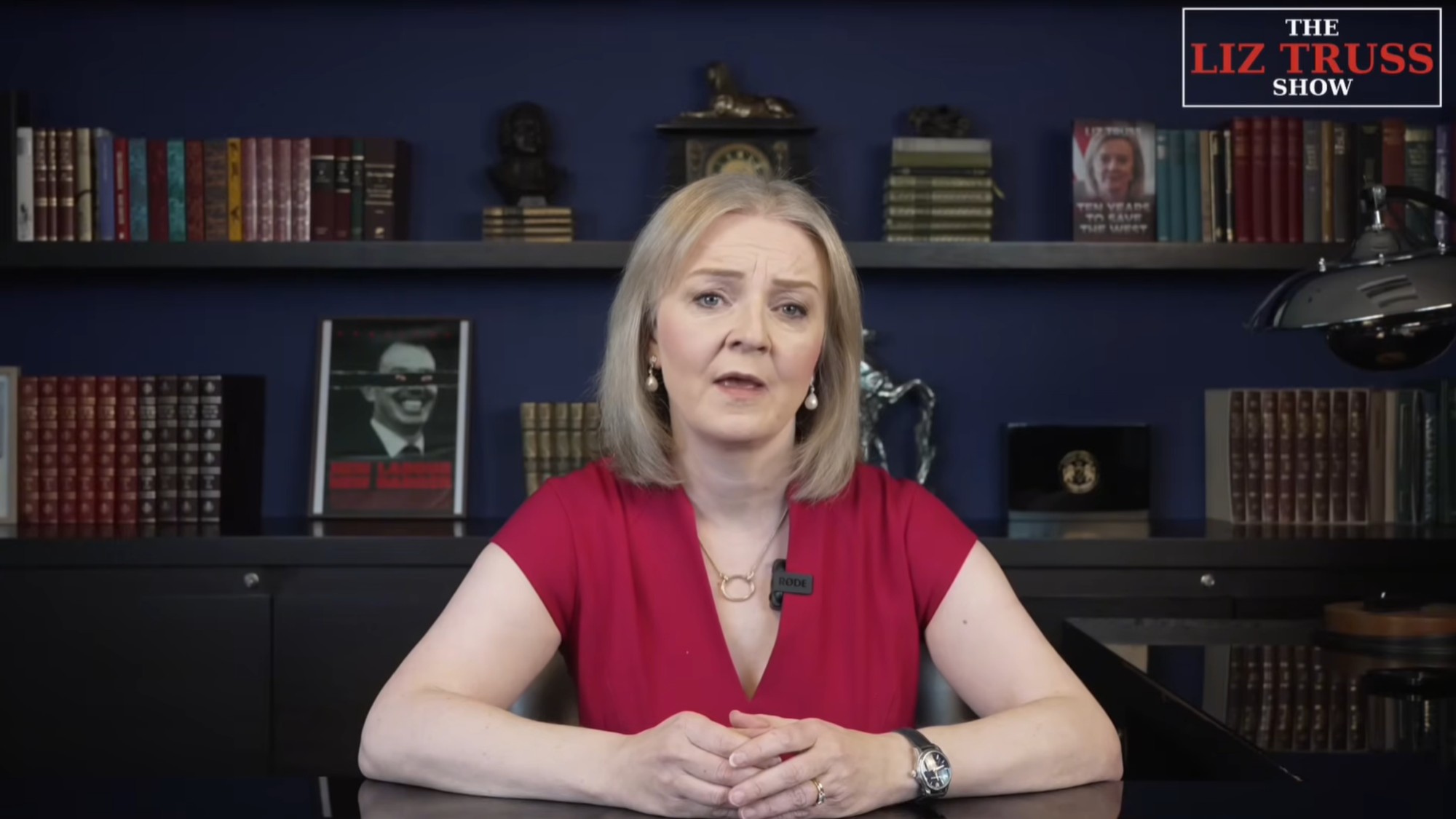How might the Ukraine war end?
Russian officials have said they would consider freezing the conflict on its current lines
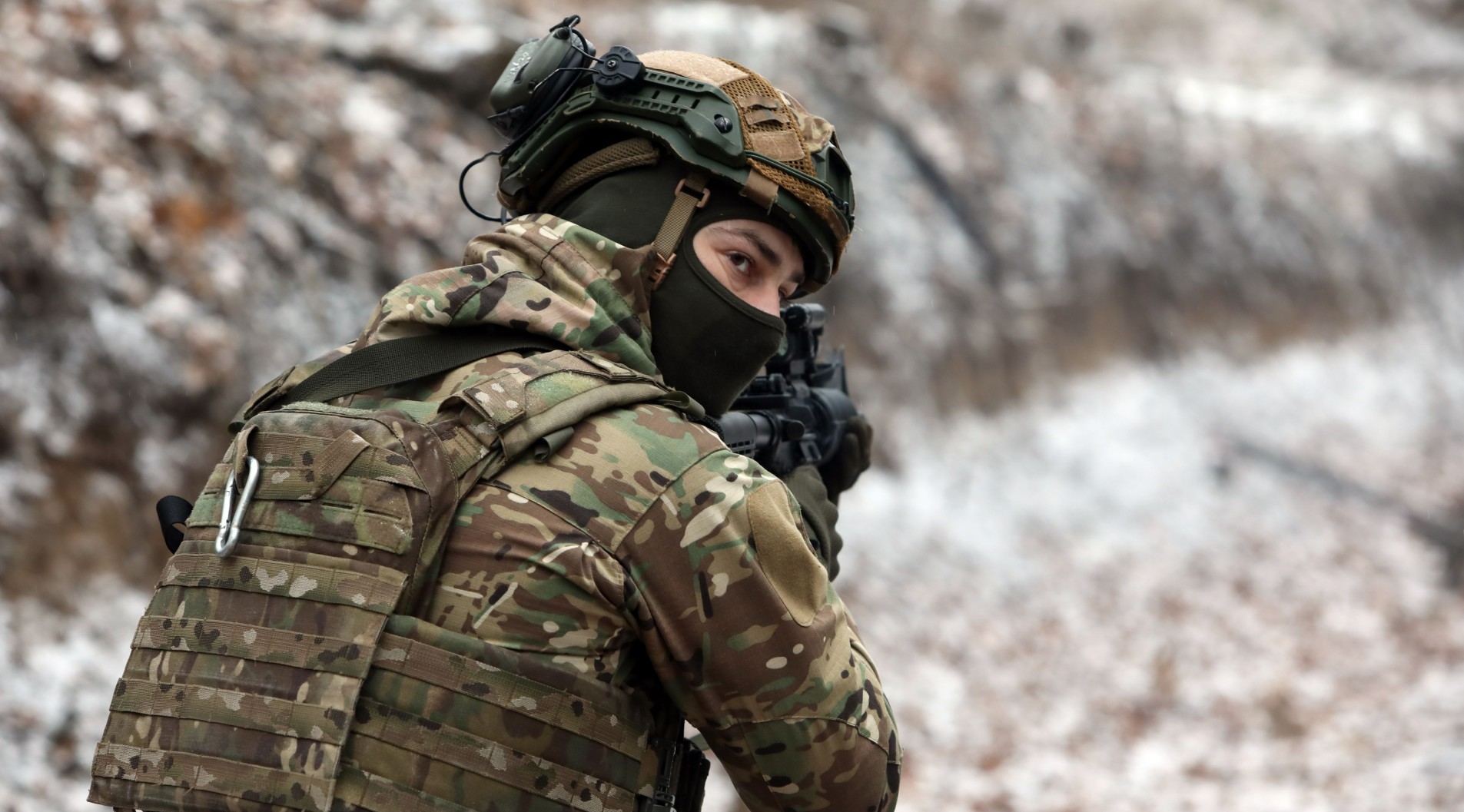
Donald Trump has pledged to end Russia's war in Ukraine within days of taking office. Here's how it might be done.
What has Trump promised?
To end the war immediately. "I'll have that done in 24 hours," he said last year. The US has spent more than $120bn in aid to Ukraine since the war began in February 2022, making it by some distance the largest donor. However, domestic support for arming Ukraine appears to have waned, particularly among Republicans, and isolationism is prevalent in the Maga movement. "I don't really care what happens to Ukraine one way or another," said Trump's VP-elect J.D. Vance in 2022; this year he said that he was "opposed to virtually any proposal for the United States to continue funding this war". After the election, Donald Trump Jr reposted a meme warning President Zelenskyy: "You're 38 days from losing your allowance." Trump's own position, though, has been fluid. He has presented no plan, and has not said how he would bridge the gap between apparently irreconcilable Russian and Ukrainian positions.
What is the Russian position?
In June, Vladimir Putin outlined his negotiating stance. To end the war, Ukraine must withdraw forces from four Ukrainian provinces that Russia has invaded and claims as its own territory: Donetsk, Luhansk, Kherson and Zaporizhzhia. (Currently, Russia occupies about 70% of these, as well as Crimea, annexed in 2014 – in total, about 20% of Ukraine's land.) In addition, Ukraine must give up its plans to join Nato; reduce the size of its military; and "denazify" its leadership (presumably code for removing the likes of Zelensky). Finally, all international sanctions on Russia must be lifted. However, Russia, though dominant at this stage in the war, is suffering massive casualties and its economy seems precarious. Putin has said he will talk to Trump. Russian officials have said they would consider freezing the conflict on its current lines, with "room for negotiation over the precise carve-up".
The Week
Escape your echo chamber. Get the facts behind the news, plus analysis from multiple perspectives.

Sign up for The Week's Free Newsletters
From our morning news briefing to a weekly Good News Newsletter, get the best of The Week delivered directly to your inbox.
From our morning news briefing to a weekly Good News Newsletter, get the best of The Week delivered directly to your inbox.
What is the Ukrainian position?
In theory, the Ukrainian position is that all Russian forces should withdraw and the country's borders should be restored to their positions prior to the annexation of Crimea and the invasion of Donbas (Luhansk and Donetsk) in 2014. Ukraine should be given clear security guarantees, in the form of Nato membership or similar. In addition, Russian war crimes against Ukraine should be prosecuted; compensation paid out; and abducted Ukrainian children returned. However, since the failure of last year's southern offensive, it has become clear that, as Zelensky put it last week, "our army lacks the strength" to expel the Russians. "We do have to find diplomatic solutions," he said.
How might Trump reach a deal?
Trump is reported to be far from settled on a single approach. But he has appointed Keith Kellogg, a retired lieutenant general, as his envoy to Ukraine and Russia; and Kellogg published a paper in April outlining his plan. His proposal is that the US would continue to supply weapons to the Ukrainians, but only on the condition that they join peace talks. At the same time, Trump would warn Russia that if it rejected negotiations, US aid to Ukraine would be increased. The front lines would be frozen. Ukraine would not be asked to formally cede territory; but it would agree to try to recover it only through diplomatic means. Ukraine's Nato application would also be frozen. The US and its allies would only lift sanctions and normalise ties with Russia if it signs a deal "acceptable to Ukraine".
Could it work?
Many Kremlin-watchers doubt that Putin has any desire to negotiate or freeze the conflict. One well-connected oligarch, Konstantin Malofeyev, said that if Kellogg came to Russia with his plan, "We would tell him to go to hell". Even if the Kremlin does engage, the fear is that the US has far more leverage over Ukraine than over Russia, because stopping military aid would be disastrous for the Ukrainians. So Trump might only be able to push for a peace unfavourable to Ukraine. However, Kurt Volker, his former Ukraine envoy, hopes that Trump will take a hard line: that if Putin refuses to end the war, Trump will let Ukraine borrow as much money and buy as many weapons as it needs. Kyiv, too, is being asked to make painful compromises: giving up not just land but also citizens to Russia's illegal occupation. And a deal might only give Russia time to regroup before it attacks again. So Ukraine wants cast-iron security guarantees.
How could Ukraine's security be guaranteed?
Ukraine is demanding to be brought into Nato. But neither Trump nor other Nato nations want this; and Putin would do everything in his power to block it. One other possibility is for a demilitarised zone, preserved by peacekeeping troops. It has been reported that Trump would call on EU and British troops to enforce a buffer zone between the Russian and Ukrainian armies. This would be expensive and possibly dangerous for those nations, and Russia might well be implacably opposed. Alternatively, some have proposed the "Israel model": Ukraine remains formally outside Nato but is plentifully supplied with weapons and diplomatic support by the US and the West.
A free daily email with the biggest news stories of the day – and the best features from TheWeek.com
Is peace possible?
This depends on a series of complex interlocking issues: essentially, the tolerance of both sides for continued fighting, and the extent of Western support. The two did come close to reaching a deal before, in Istanbul, weeks after the war began. It was proposed then that Ukraine would give up its Nato ambitions and commit to neutrality, but would have security guarantees from Western nations. The talks fell apart, for reasons that are disputed, with key issues still undecided. Negotiations under Trump's auspices would be "a trip to the casino" for Ukraine, one member of its security forces told The Guardian. "But by now everyone is exhausted, and some people are willing to make risky bets."
Who will lose first?
Ukraine's weaknesses are clear: it is outmanned and outgunned, and facing a renewed onslaught on its eastern front despite the massive losses it has inflicted on the invading Russians. Its energy grid is pulverised daily. President Zelensky is unwilling to mobilise more troops by lowering the age for military service from 25 to 18, though the US urged him to do so last month.
But the pressures on Russia are considerable, too. Casualty figures are hard to verify, but Ukraine estimates that 198,000 Russian soldiers have been killed and 550,000 more wounded (compared to 43,000 Ukrainian dead and 370,000 wounded). Although there is practically no internal opposition to Putin, the war is not popular: independent polling suggests 49% of Russians support withdrawing troops even if it means not achieving stated military goals. Perhaps the most pressing issue, though, is the economy. The official inflation rate has reached 8.5%, even though the central bank has raised its main interest rate to 21%. Prices of staples are going up by more than 20% per year. The government is expected to raise rates again this month, and is spending its savings. "None of this is about to bring the economy to its knees," said The Economist, "but neither is it sustainable indefinitely."
-
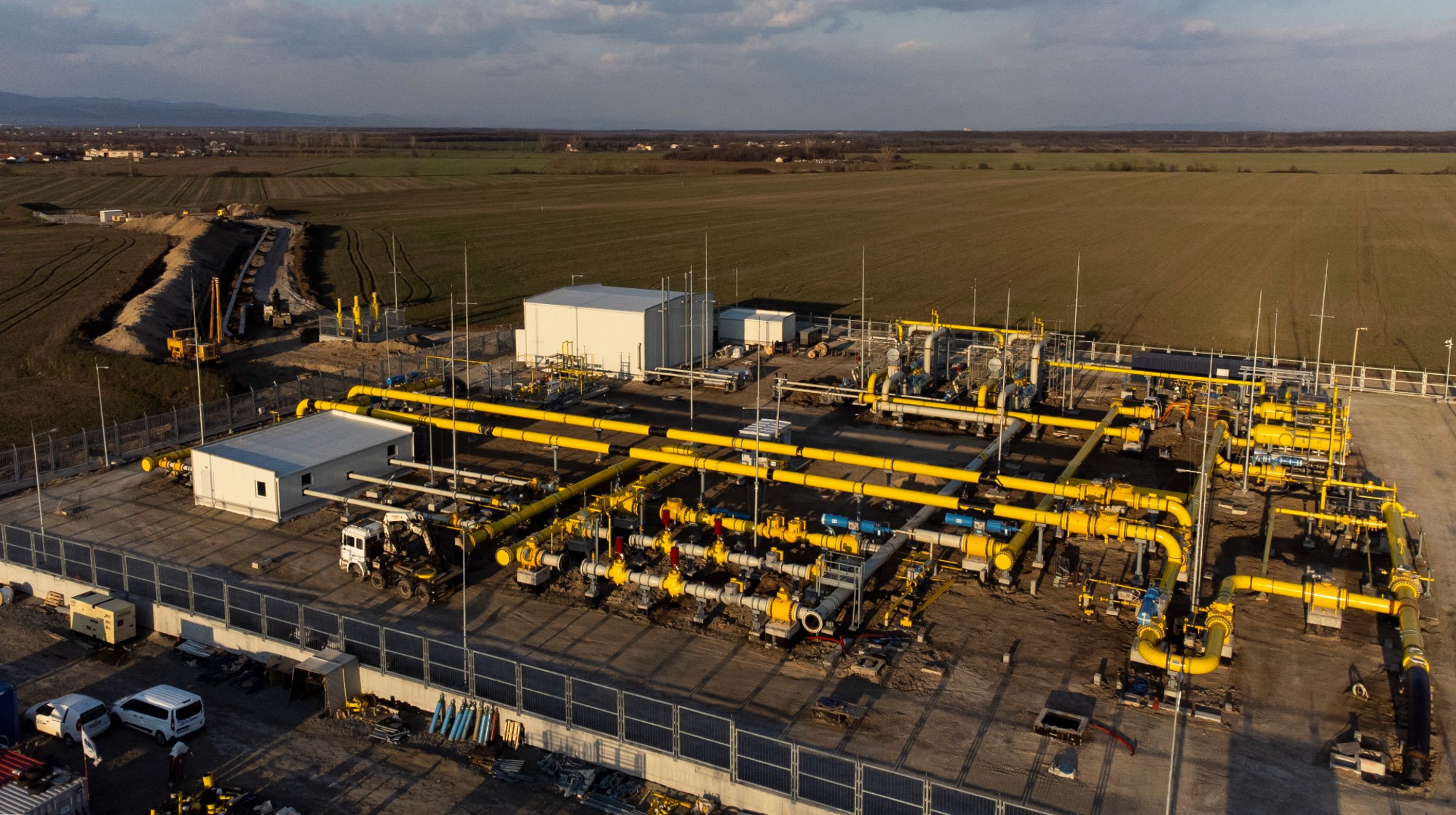 Europe sets 2027 deadline to wean itself from Russian gas
Europe sets 2027 deadline to wean itself from Russian gasIN THE SPOTLIGHT As negotiators attempt to end Russia’s yearslong Ukraine invasion, lawmakers across the EU agree to uncouple gas consumption from Moscow’s petrochemical infrastructure
-
 Pakistan: Trump’s ‘favourite field marshal’ takes charge
Pakistan: Trump’s ‘favourite field marshal’ takes chargeIn the Spotlight Asim Munir’s control over all three branches of Pakistan’s military gives him ‘sweeping powers’ – and almost unlimited freedom to use them
-
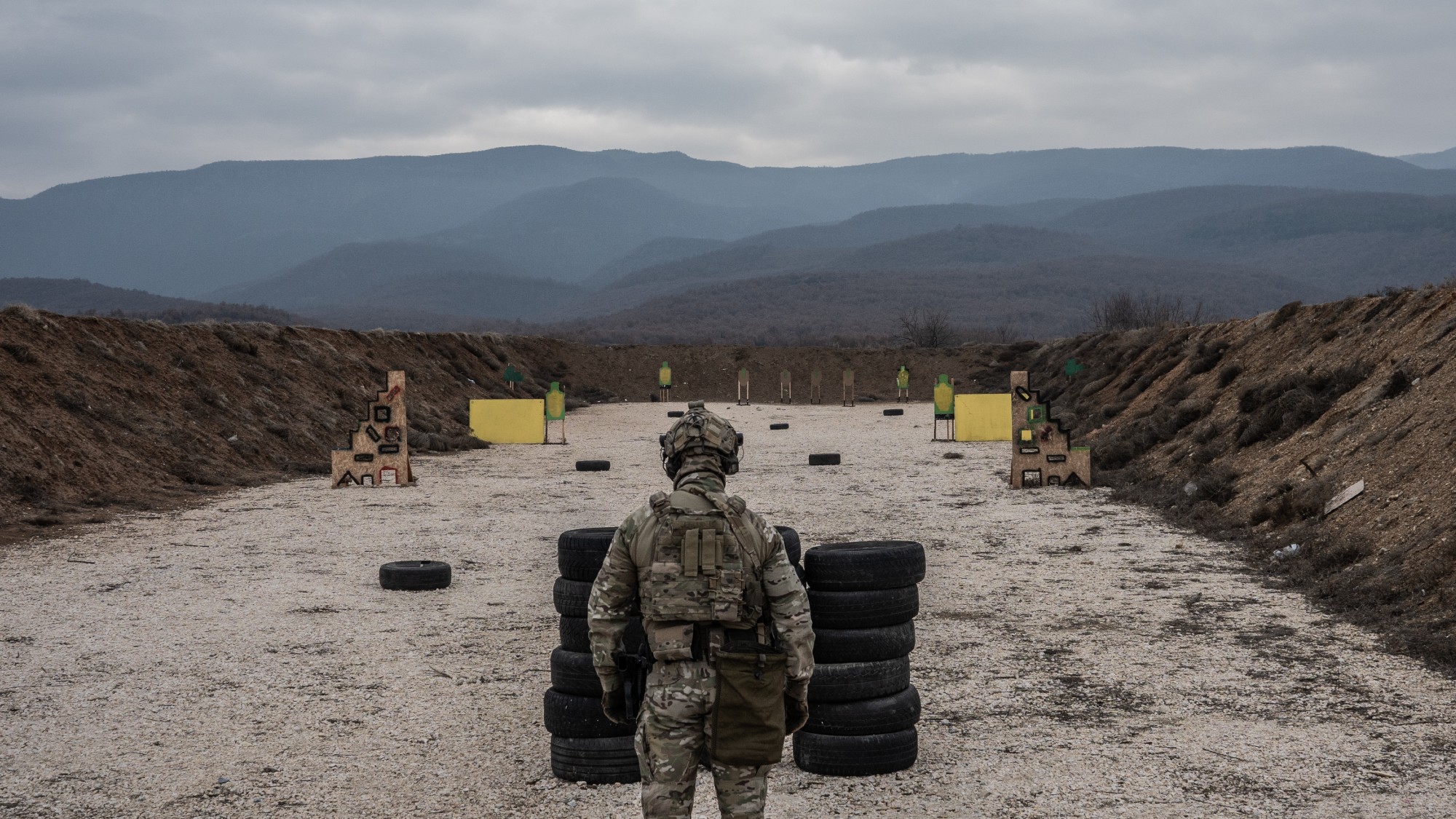 Is Europe finally taking the war to Russia?
Is Europe finally taking the war to Russia?Today's Big Question As Moscow’s drone buzzes and cyberattacks increase, European leaders are taking a more openly aggressive stance
-
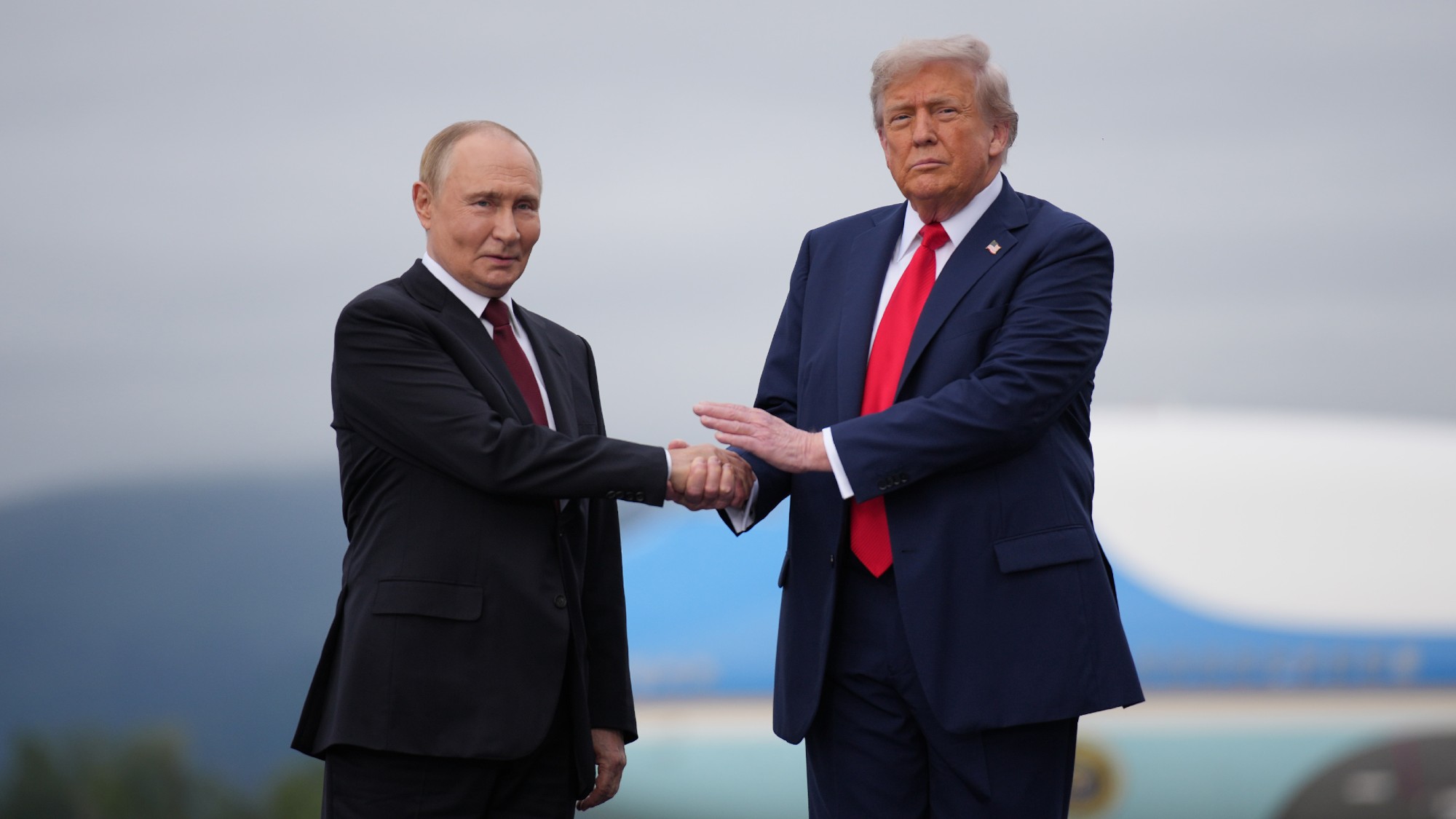 Pushing for peace: is Trump appeasing Moscow?
Pushing for peace: is Trump appeasing Moscow?In Depth European leaders succeeded in bringing themselves in from the cold and softening Moscow’s terms, but Kyiv still faces an unenviable choice
-
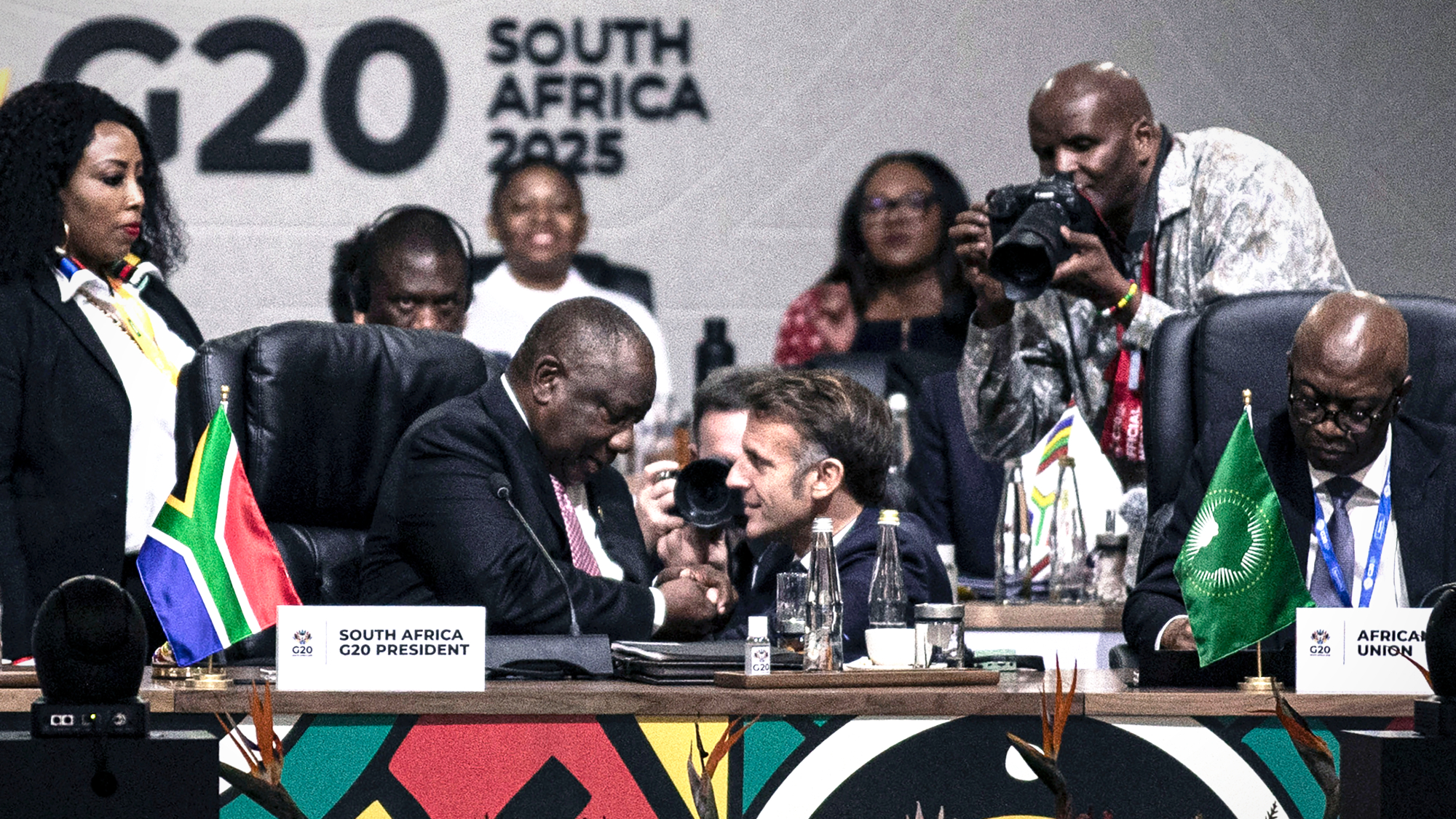 South Africa wraps up G20 summit boycotted by US
South Africa wraps up G20 summit boycotted by USSpeed Read Trump has been sparring with South Africa in recent months
-
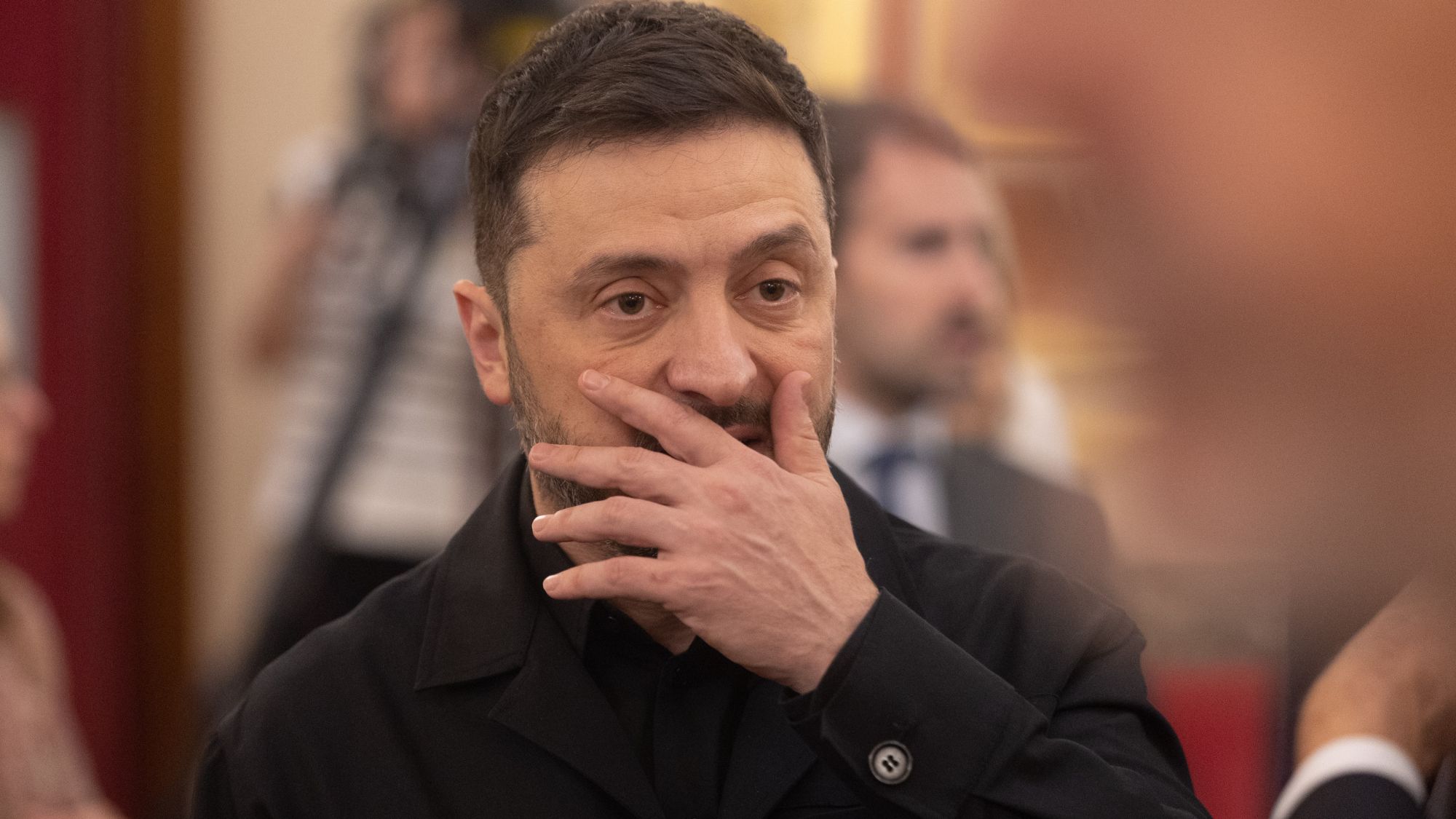 The $100mn scandal undermining Volodymyr Zelenskyy
The $100mn scandal undermining Volodymyr ZelenskyyIn the Spotlight As Russia continues to vent its military aggression on Ukraine, ‘corruption scandals are weakening the domestic front’
-
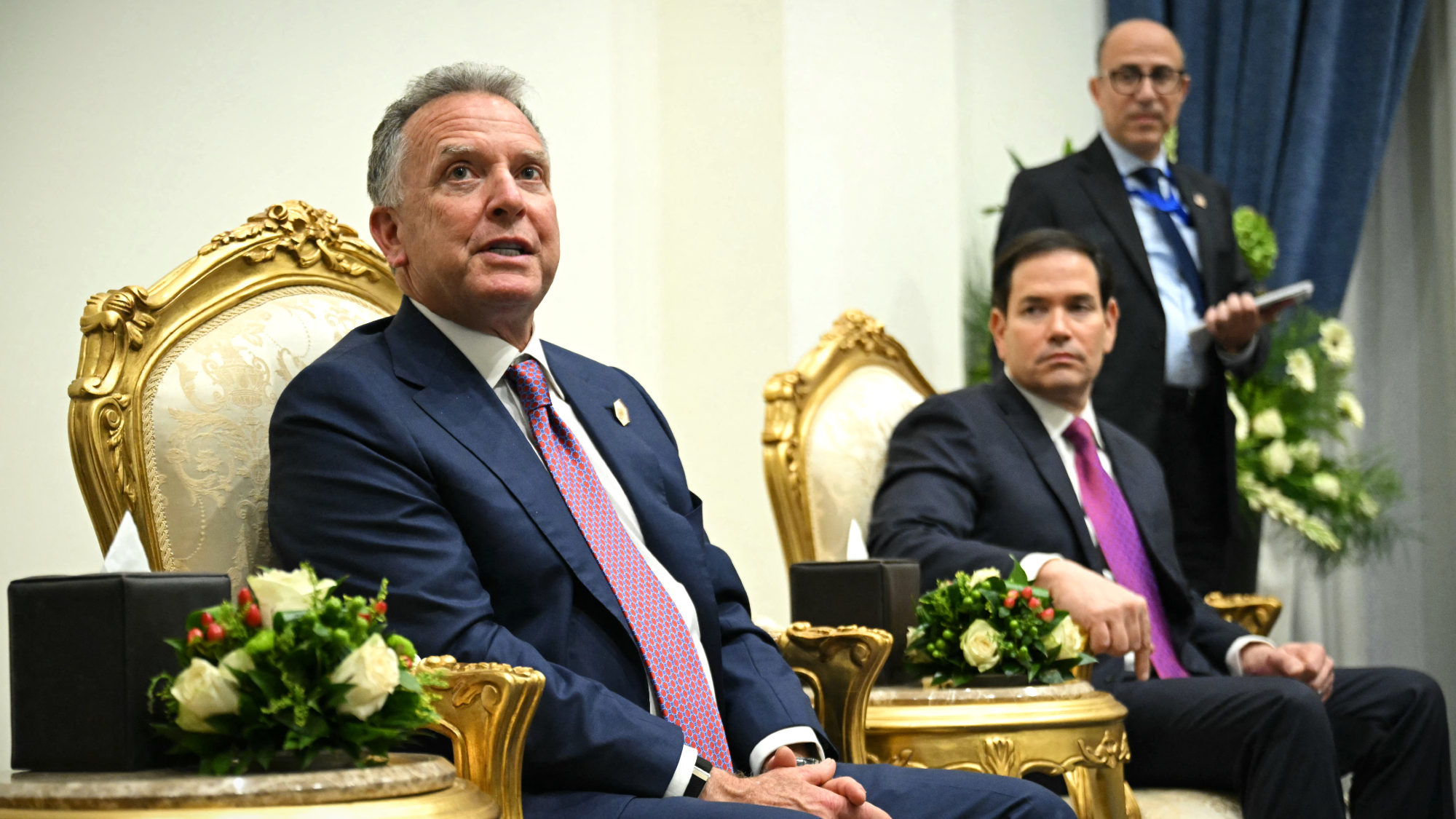 Trump pushes new Ukraine peace plan
Trump pushes new Ukraine peace planSpeed Read It involves a 28-point plan to end the war
-
 Americans traveling abroad face renewed criticism in the Trump era
Americans traveling abroad face renewed criticism in the Trump eraThe Explainer Some of Trump’s behavior has Americans being questioned
